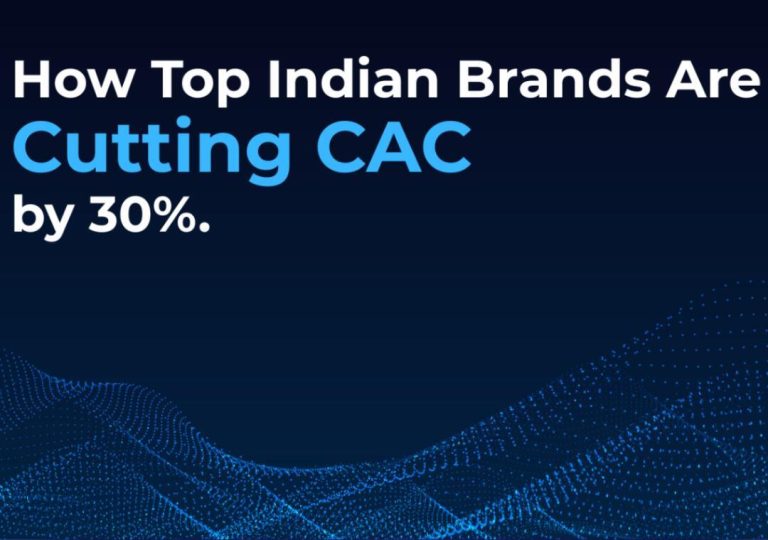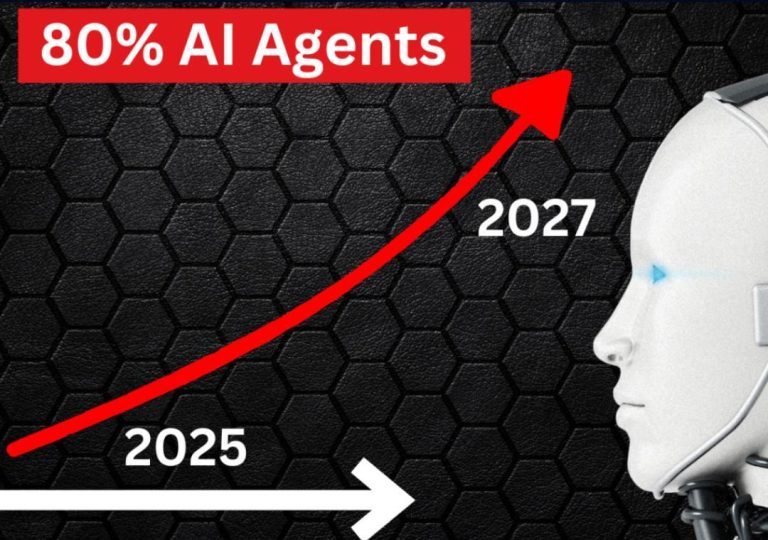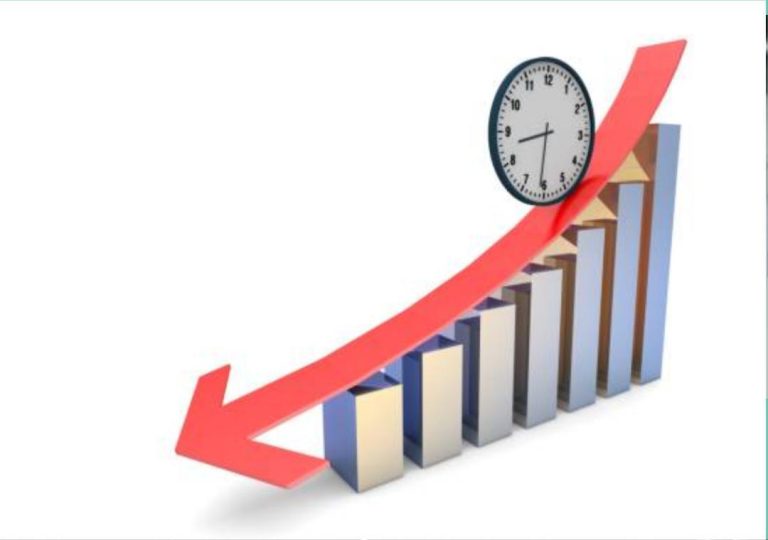
5X ROI with Real-Time Creative Optimisation
In today’s fast-paced digital landscape, staying ahead of the competition requires more than just a well-planned marketing strategy. It demands a sophisticated approach to creative optimisation that keeps pace with evolving audience engagement patterns and ever-changing market trends. For brands looking to maximise their return on ad spend (ROAS), the answer lies in real-time creative optimisation powered by artificial intelligence (AI).
Recent studies have shown that brands using real-time creative optimisation powered by AI are seeing up to 5X return on ad spend. This innovative technology automatically swaps underperforming visuals and formats mid-campaign, ensuring messaging stays consistently fresh, highly relevant, and dynamically tailored to the evolving audience engagement patterns.
So, what exactly is real-time creative optimisation, and how does it achieve such impressive results? Let’s dive deeper into the world of AI marketing and explore the benefits and best practices for leveraging this powerful technology.
What is Real-Time Creative Optimisation?
Real-time creative optimisation is a cutting-edge marketing technique that leverages AI to continuously monitor and improve the performance of digital ads in real-time. Unlike traditional creative optimisation methods, which rely on manual testing and iteration, AI-powered real-time creative optimisation uses machine learning algorithms to automatically identify underperforming elements and swap them with high-performing alternatives.
This means that ads can be dynamically updated with fresh visuals, copy, and formats to keep messaging relevant and engaging, even as audience preferences and market conditions shift. By eliminating the need for manual testing and iteration, real-time creative optimisation enables marketers to respond quickly to changes in the market and maximise their ROAS.
How Does Real-Time Creative Optimisation Achieve 5X ROI?
So, how does real-time creative optimisation achieve such impressive results? The answer lies in its ability to identify and address the most common causes of ad performance decline:
- Visual fatigue: As audiences become accustomed to a particular visual or format, ad engagement and conversion rates can decline. Real-time creative optimisation automatically updates ads with fresh visuals and formats, keeping messaging fresh and engaging.
- Over-targeting: Marketers often target the same audience segments repeatedly, leading to diminishing returns. AI-powered real-time creative optimisation can dynamically adjust targeting based on real-time audience engagement patterns, ensuring that ads are served to the most receptive audience members.
- Poor ad copy: Subpar ad copy can lead to low engagement and conversion rates. Real-time creative optimisation can automatically test and optimise ad copy for each audience segment, ensuring that messaging resonates with the target audience.
- Format fatigue: As audiences become accustomed to a particular format (e.g., video, image, or carousel), ad engagement and conversion rates can decline. Real-time creative optimisation can dynamically switch formats to keep messaging fresh and engaging.
By addressing these common causes of ad performance decline, real-time creative optimisation enables marketers to:
- Increase ad engagement and conversion rates
- Improve ad relevance and resonance with the target audience
- Optimize ad spend and reduce waste
- Achieve a 5X return on ad spend (ROAS)
Best Practices for Leveraging Real-Time Creative Optimisation
To get the most out of real-time creative optimisation, marketers should follow these best practices:
- Define clear goals and objectives: Establish clear goals and objectives for each campaign to ensure that real-time creative optimisation is aligned with business objectives.
- Use high-quality creative assets: Ensure that creative assets are high-quality, relevant, and engaging to maximise ad performance.
- Monitor and adjust: Continuously monitor ad performance and adjust targeting, ad copy, and formats to ensure optimal results.
- Leverage AI-powered insights: Use AI-powered insights to inform creative optimisation decisions and ensure that ads are serving the most receptive audience members.
- Test and iterate: Continuously test and iterate creative assets and targeting strategies to ensure optimal results.
Conclusion
Real-time creative optimisation powered by AI is a game-changer for marketers looking to maximise their return on ad spend. By automatically identifying and addressing the most common causes of ad performance decline, real-time creative optimisation enables marketers to achieve impressive results, including up to 5X ROAS.
To get the most out of real-time creative optimisation, marketers should follow best practices, including defining clear goals and objectives, using high-quality creative assets, monitoring and adjusting, leveraging AI-powered insights, and testing and iterating.
By embracing this innovative technology, marketers can stay ahead of the competition, drive meaningful engagement and conversions, and achieve unparalleled ROI.



